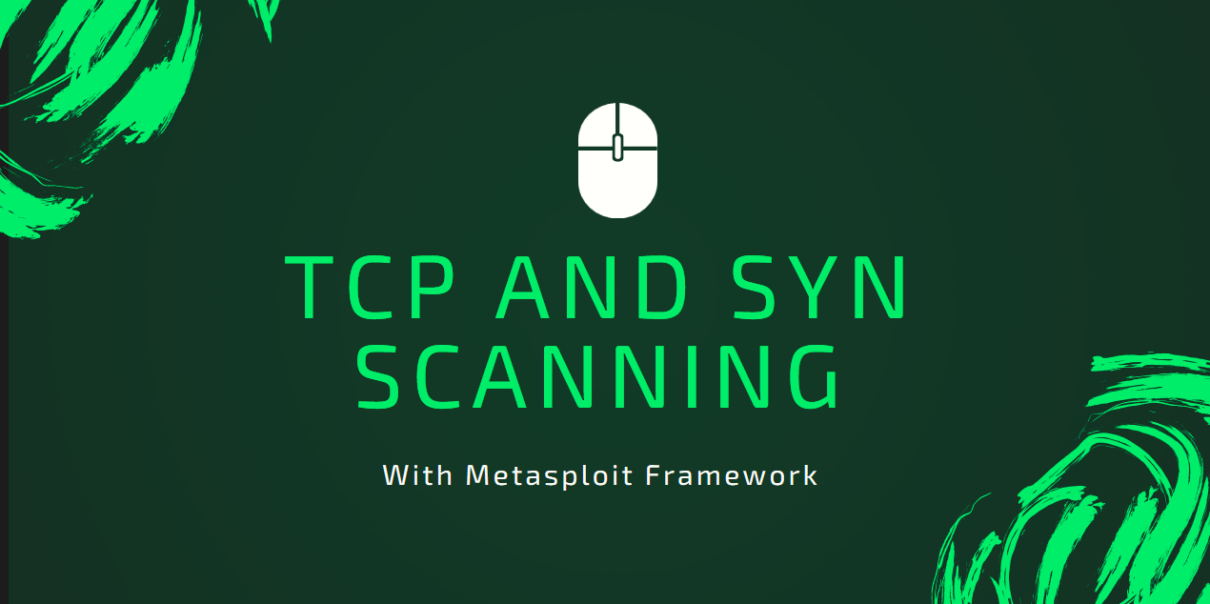
Then the receiver returns to the LISTEN state, otherwise the receiverĪborts the connection and goes to the CLOSED state. In SYN-RECEIVED state and had previously been in the LISTEN state, Instead of negotiating a connection between a client and a server as intended, many half-open connections are created on the server. The attacker abuses the three-way handshake of the Transmission Control Protocol (TCP). Syn use to initiate and establish a connection ACK helps to confirm to the other side that it has received the SYN. Also known as a half-open attack, a SYN flood is a cyberattack directed against a network connection. Receiver was in the LISTEN state, it ignores it. Summary TCP 3-way handshake or three-way handshake or TCP 3-way handshake is a process which is used in a TCP/IP network to make a connection between server and client.

The receiver of a RST first validates it, then changes state. There are a few circumstances in which a TCP packet might not be expected the two most common are: The packet is an initial SYN packet trying to establish a connection to a server port on which no process is listening. To an initial SYN), the RST is acceptable if the ACK field A reset packet is simply one with no payload and with the RST bit set in the TCP header flags. In the SYN-SENT state (a RST received in response

In all states except SYN-SENT, all reset (RST) segments are validatedīy checking their SEQ-fields. Once a connection is established this is always sent. Next sequence number the sender of the segment is expecting to (not considering TCP window here, or there might be more packets from one end before the acknoledgement)ĪCK Flag, acknowledgement number and the procedure of acknowledgement are related but not the same thing.Īcknowledgment Number: 32 bits If the ACK control bit is set this field contains the value of the It does not need to be and can't be acknowledged.Ī ->B Syn=x+z, Ack=y+o, len=p, ACK Flagī ->A Syn=y+o, ACK=x+z+p,len=q, RST, ACK Flagī closes the socket after it sends the last packet and A closes the socket after it receives it.

When one side sends RST, the socket is closed immediately and the receiving side also closes the socket immediately after receiving valid RST. Once the connection is established, all packets need to have ACK set and match the sequence number of the received packets for reliable transport/security.


 0 kommentar(er)
0 kommentar(er)
